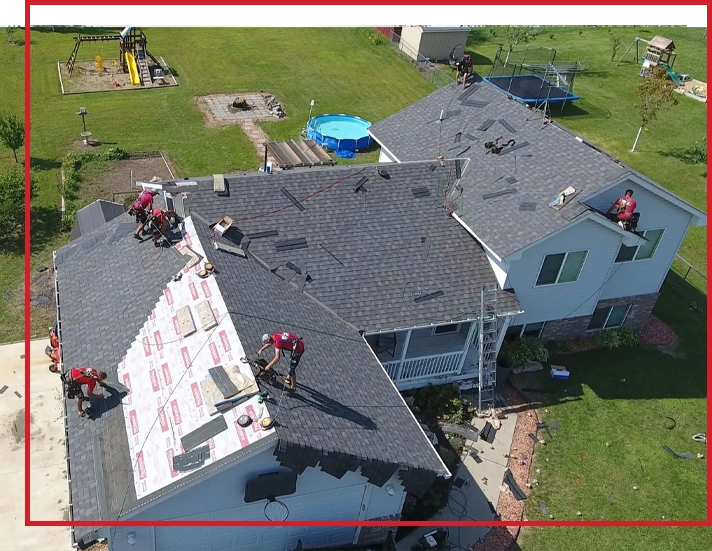Step 1: Trim Overhanging Branches
Overhanging limbs pose a serious risk during windstorms. They can break off and puncture your roof or scrape away shingles. Trimming them now reduces both direct damage and clogged gutters.
Step 2: Inspect for Loose or Damaged Shingles
Even one loose shingle can allow water to seep in. Use binoculars from the ground or climb up safely (if experienced) to spot:
- Lifted edges
- Torn or missing shingles
- Sagging areas
If anything looks off, it’s time to call BD Exteriors for an evaluation.
Step 3: Clean Your Gutters and Downspouts
Proper drainage is essential when heavy rains hit. Backed-up gutters can overflow and soak your fascia, soffits, or even your home’s foundation. Clear out leaves and debris, and secure any loose sections.
Step 4: Document Your Roof’s Current Condition
Take date-stamped photos of your roof, especially if it’s newer. This will make filing an insurance claim easier if you suffer hail or wind damage later this summer.
Step 5: Book a Pre-Storm Roof Inspection
Our team specializes in storm damage roof repair and residential roofing services. A quick free inspection now could save you thousands in repairs later.




